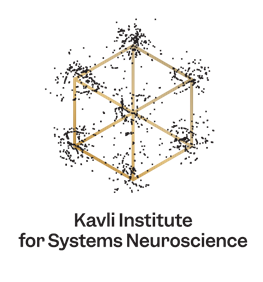Project 4: Role of plasticity in Grid cells emergence in development and adulthood
Project 4: Role of plasticity in Grid cells emergence in development and adulthood
NMDA receptor-dependent synaptic plasticity and neural codes for space
Background
The medial entorhinal cortex (MEC) is a key element of the brain circuit responsible for spatial mapping of the local environment. An important component of this circuit is the network of grid cells, cells with hexagonally patterned firing fields that provide a dynamic representation of the animal’s changing position in space. How this strikingly periodic firing pattern is generated has not been determined. While theoretical models agree that grid-cell patterns are likely generated by interactions among large numbers of cells in neural networks, they differ in the extent to which this interactive activity is seen as hard-wired in recurrent connections or formed by experience-dependent plasticity mechanisms.
Research question
We shall determine whether synaptic plasticity is necessary for the formation of grid cells, under conditions where theoretical models offer contrasting predictions.
Objectives and methods
The researchers perform large-scale Neuropixels recordings in transgenic mice where Cre-lox technology is used to knock out, locally in MEC, the NR1 subunit of the N-methyl-D-aspartate (NMDA) receptor, which is critical for synaptic plasticity. Floxed NR1 mice are injected bilaterally in MEC with Cre-virus and then surgically implanted in MEC with high-site-count Neuropixels silicon electrodes to enable recording of activity from thousands of neurons during exploration of familiar or novel spatial environments where learning is supposed to take place. Blocking expression of the NR1 gene will block synthesis of new NMDA receptors in the infected MEC region, leading to gradual reduction in the NMDA receptor population. Recordings from mice with reduction or absence of NMDA receptors will be used to determine whether NMDA-receptor dependent synaptic plasticity is required for the formation of grid patterns for novel as well as familiar spatial environments.



